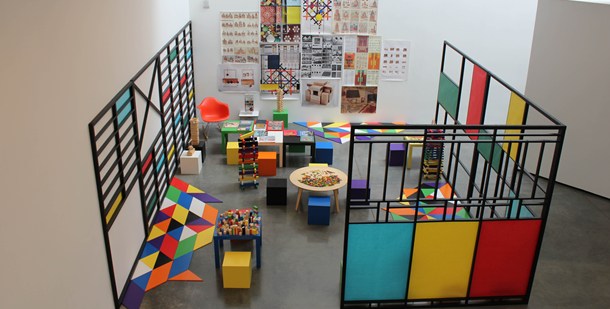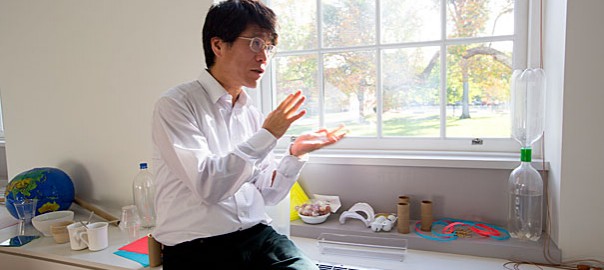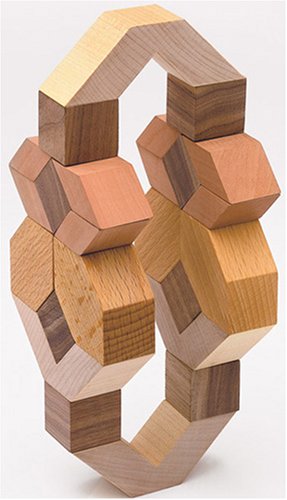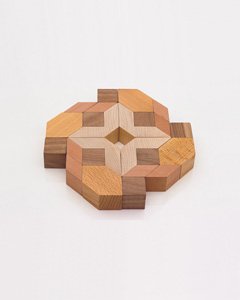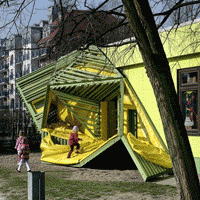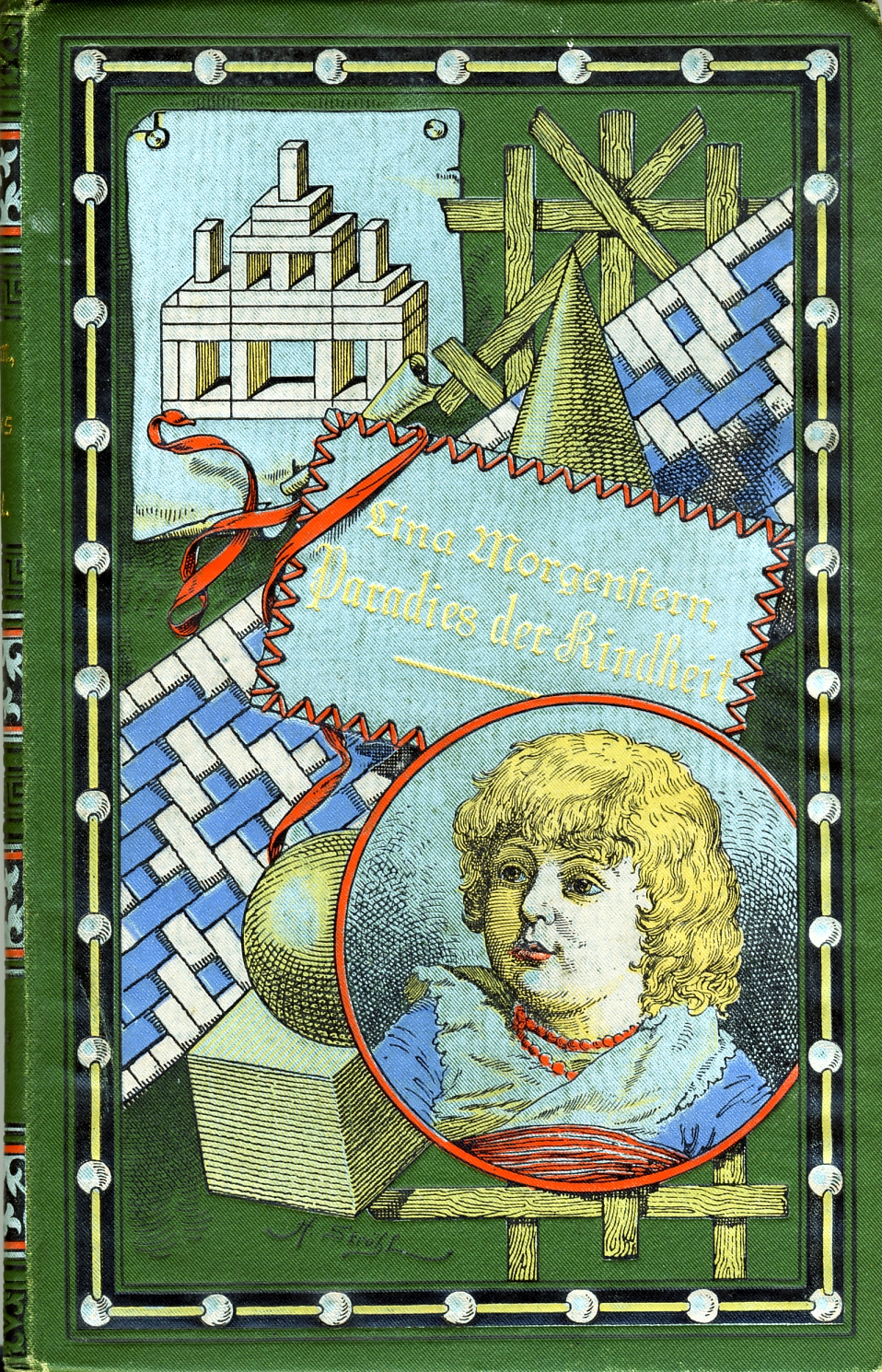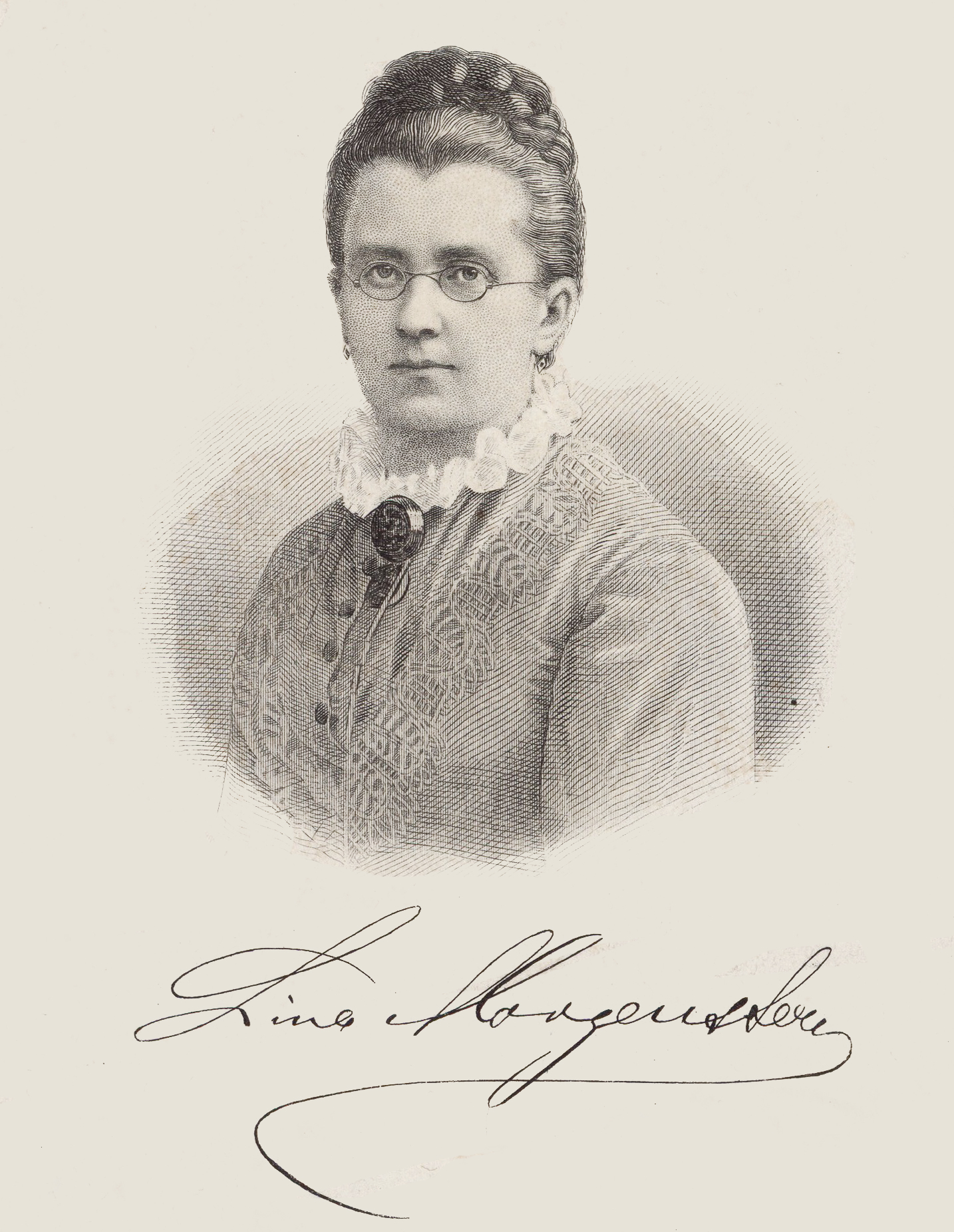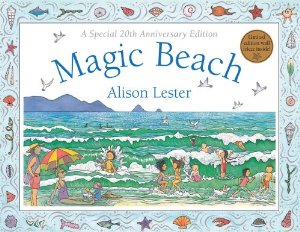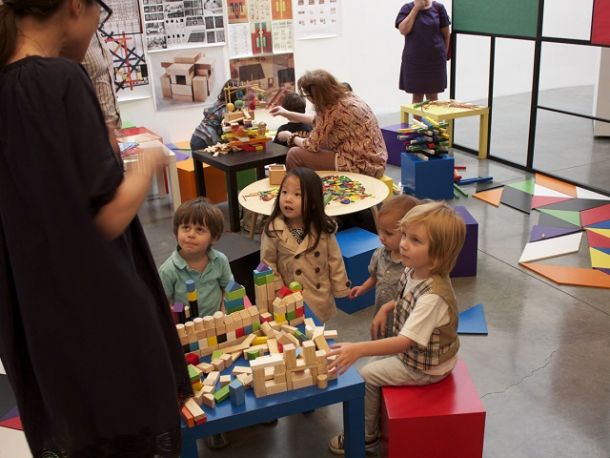
Rare is pleased to present Fröbel Studio: The Institute for Creativity, Eamon O’Kane’s third one-person show at the gallery. O’Kane transforms nearly the entire exhibition space into an interactive installation that demonstrates how the pedagogical ideas of one man, Friedrich Fröbel, profoundly affected the course of modern art, architecture, and design. The show runs from October 17 until November 14, with an opening night reception on Thursday, October 17.
Fröbel Studio makes direct visual and conceptual reference to the educational play materials known as Fröbel Gifts – the colorful spheres, cylinders, and tubes that were developed in the early 1800s by Friedrich Fröbel, the inventor of Kindergarten. These tools are still instrumental the world over in unlocking creativity at an early age by teaching children about three-dimensional shapes and colors, and their relationship to the environment and nature.
O’Kane’s installation is an integral part of his ongoing exploration of the symbiotic interplay of art, architecture, design, and pedagogy. It includes a plethora of educational activities and playthings as well as paintings, drawings, digital prints, videos, and architectural components by Eamon that not only reference Fröbel’s learning methods, but also the aesthetic ideas of the game-changing Modernist artists, architects, and designers so influenced by his teachings – particularly Wassily Kandinsky, Piet Mondrian, Frank Lloyd Wright, Le Corbusier, and Charles Eames.
Despite all of its significant art historical references and influences, Fröbel Studio is ultimately meant to be enjoyed by youngsters in the company of their families and teachers. For this reason, O’Kane and Rare have reached out to elementary schools in the New York metropolitan area to invite them to bring their classrooms to the gallery to experience the installation.
via Wall Street International Magazine – Fröbel Studio: The Institute for Creativity [Arts, United States].






